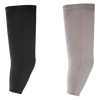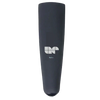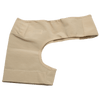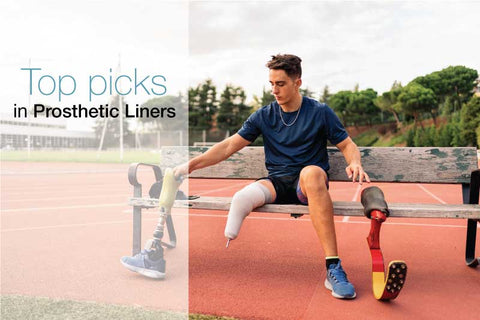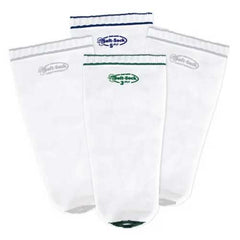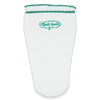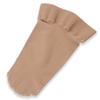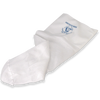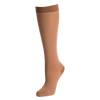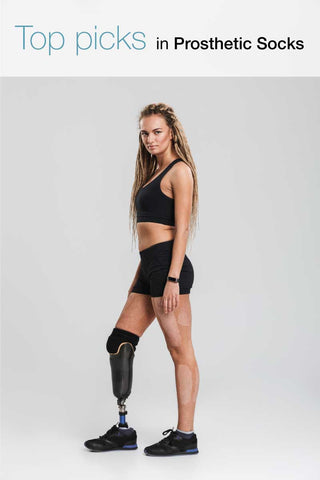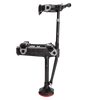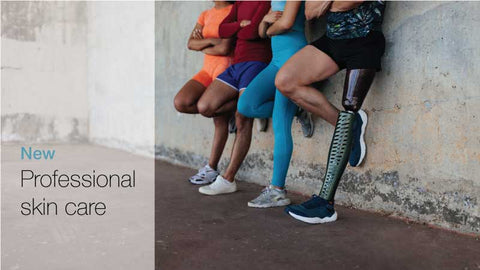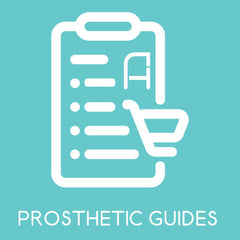Energy-Storing Prosthetic Foot Ottobock Evanto Unlocks Superior Mobility
Reading Time: 4 minutes
Energy storing and return (ESAR) prosthetic feet revolutionized the field of prosthetics when they were introduced in the 1980s as they efficiently store and release energy during movement. However, many users have found its downsides: increased foot height, compromised appearance, and reduced flexibility. But Ottobock recently launched the Evanto, which promises to address these issues.

Benefits of ESAR prosthetic feet
ESAR prosthetic feet are designed to improve functionality while addressing the challenges lower-limb amputees face. They are made from elastic composite materials that can deform under load and return to their original shape, allowing for the efficient release of stored energy.
The design of the foot itself—with its elongated heel and shank—absorbs energy during the mid- to late-stance phase of walking. This stored energy is then released during push-off.
This mechanism improves gait efficiency, which helps the user feel a greater sense of independence and comfort.
The study
The Ottobock Evanto was designed to address common issues reported by ESAR prosthetic foot users. The new foot design features a flat carbon spring, pivot axis, and elastic foam elements for enhanced intake and return, adaptability to varied terrains, and improved motion range.

Researchers compared the new Ottobock Evanto with the Össur Pro-Flex XC. They wanted to determine which ESAR prosthetic foot can better meet prosthetic users’ needs, such as enhancing mobility, reducing pain levels, and evaluating performance in real-world scenarios.
The researchers recruited study participants with lower limb amputations who met specific criteria, including functional level, prosthetic usage experience, and daily wear time. Twenty participants joined the study. They were a mix of males and females, with an average age of 53.6. The causes of their amputations were varied (trauma, disease, or infection); they also had varied residual limb lengths.
The study used a randomized, cross-over design with multiple study visits and periods. It assessed various parameters, such as quality of life, mobility, balance confidence, pain levels, falls, and foot preferences.
The study evaluated the new Ottobock Evanto foot’s performance in meeting prosthetic users’ needs, enhancing mobility, and reducing pain compared to everyday and comparator feet.
Results
The researchers found that the new Ottobock Evanto foot improved perceived mobility significantly compared to the everyday foot at baseline. The study participants’ perceived mobility was measured using the Prosthetic Limb Users Survey of Mobility (PLUS-M), a self-report instrument for measuring adults' mobility with lower limb loss.
However, the researchers did not find significant differences between the tested prosthetic feet in terms of reducing pain or meeting the study participants' needs.
Among the study participants, 55% preferred the Ottobock Evanto foot, particularly for activities like walking on inclines and declines. Participants reported the new foot's benefits, such as easier walking on slopes, comfortable heel strike, and shock absorption.
Overall, the researchers found that the Ottobock Evanto offered advantages in various activities without significant drawbacks compared to other tested feet.
Caveats
However, the study has a few caveats. The researchers highlighted potential biases among the study participants due to the lack of blinding and the higher number of participants using the comparator foot.
They also disclosed potential conflicts of interest as Ottobock funded the study.
The bottom line
Despite the caveats above, the study showed the importance of user-centered design, particularly in the design of prosthetic devices. Prosthetic solutions should enhance mobility, provide comfort, and improve users’ well-being.
Looking ahead, we can expect more prosthetic manufacturers to refine existing designs to improve outcomes for people with limb loss and limb differences.

